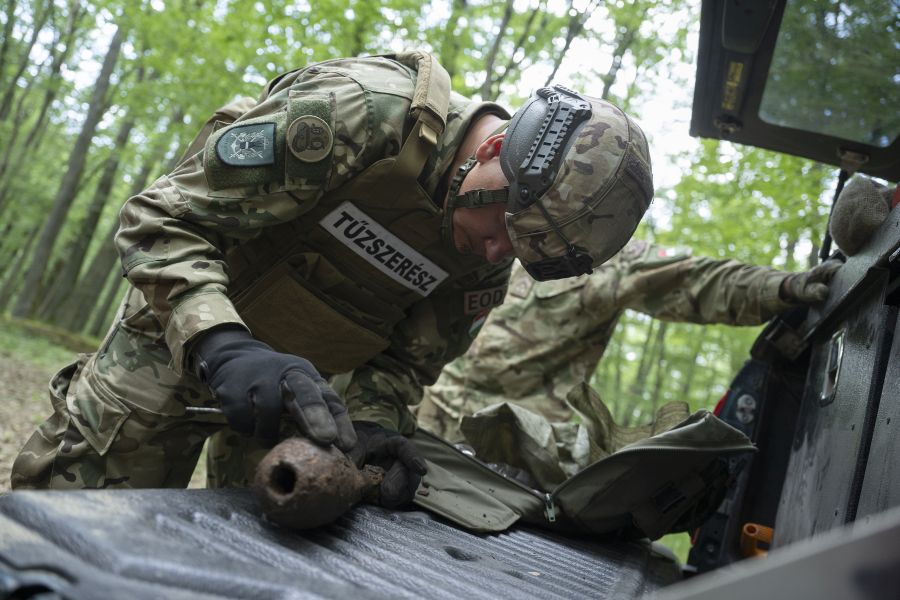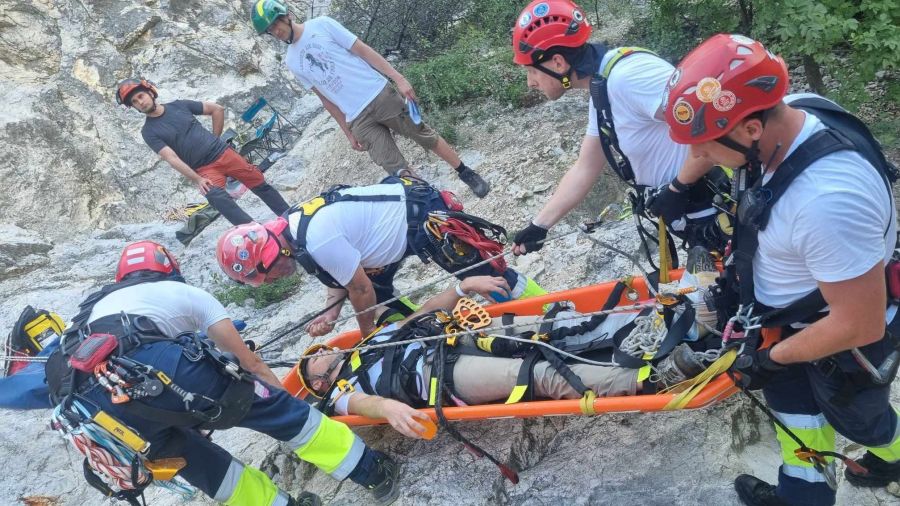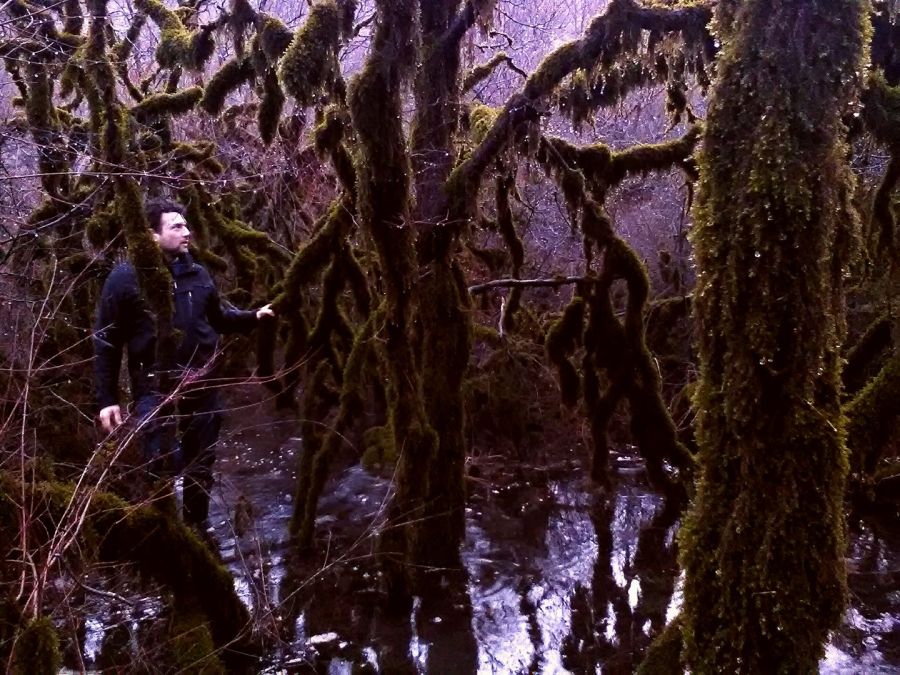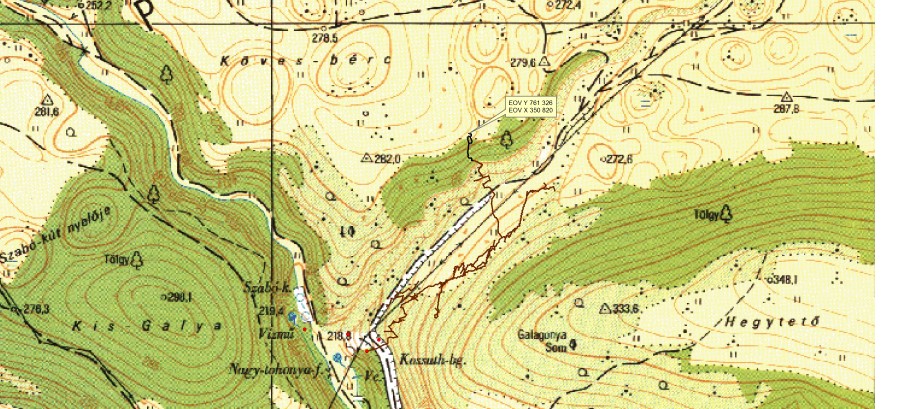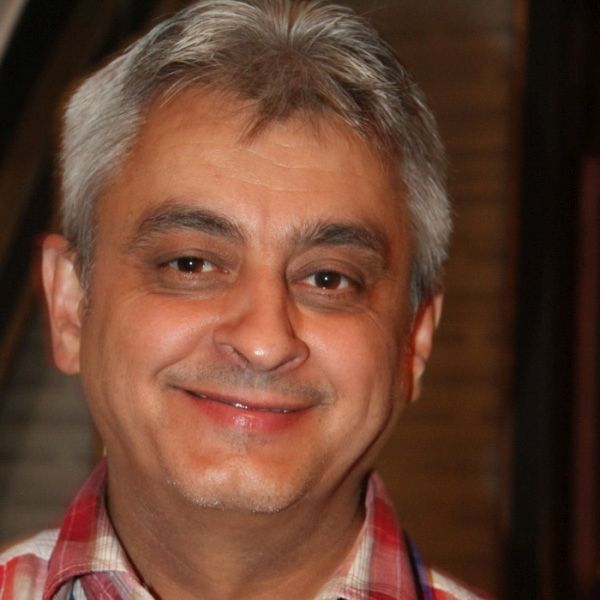During the Pentecost long weekend, another SRT training course took place at the Alsó-hegy, near Aggtelek. This technical focuses on expedition-style techniques and brought excitement not only because of the use of thin-rope methods
On Pentecost Sunday, right before squeezing through into the 90-meter shaft at the entrance of Vecsembükki-zsomboly, the following strange conversation took place:
– Look, what a weird-shaped stalactite in the rubble! Doesn’t it look like a bomb?
– Damn, that’s no stalactite, that must be some kind of grenade... Let’s leave everything and get the hell out of here—carefully!
Following this unpleasant discovery, the Aggtelek National Park Directorate and the police immediately closed the cave, revoked all issued tour permits, and notified the Hungarian Defence Forces’ bomb disposal unit about the explosive object.



